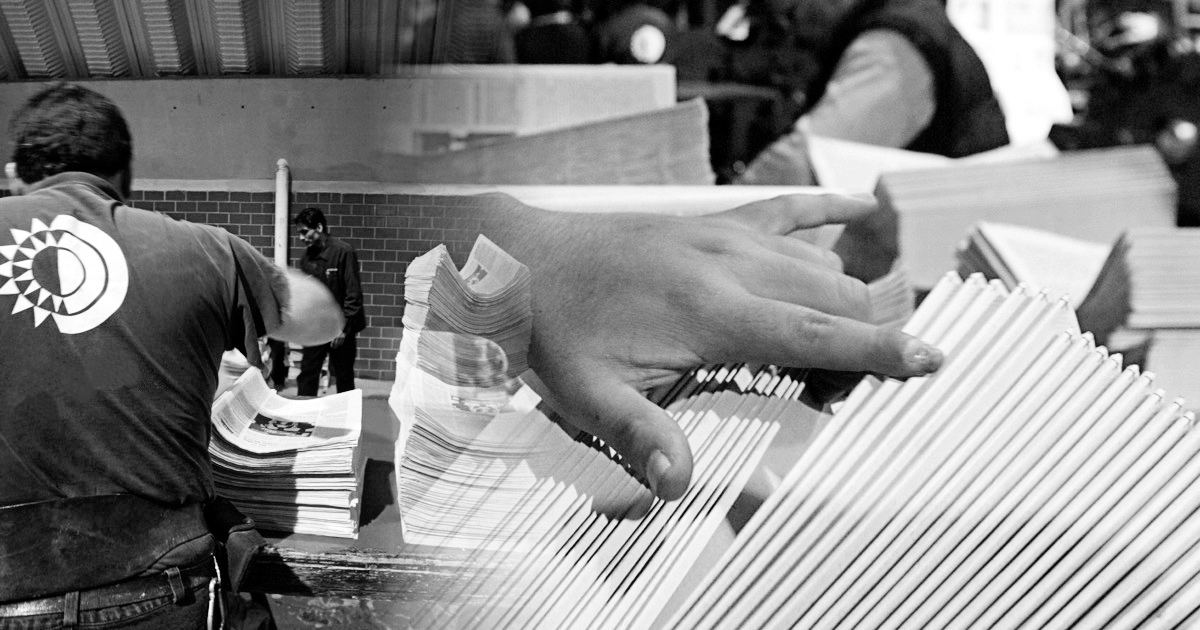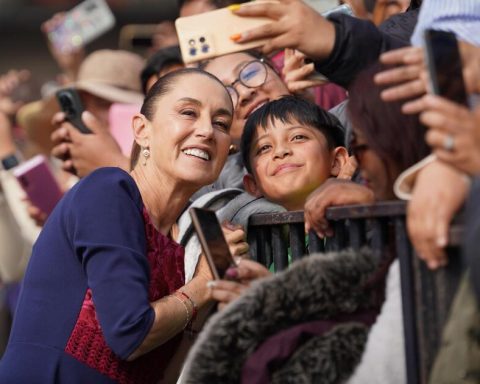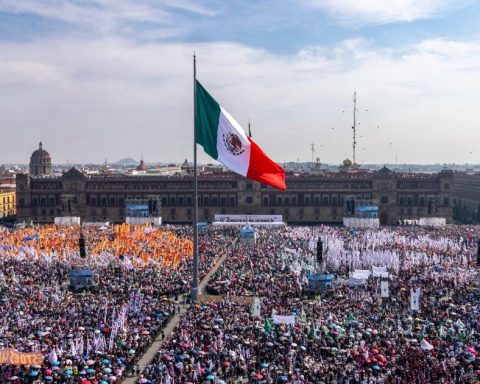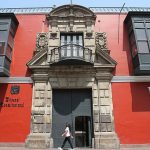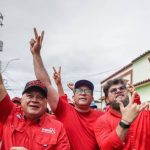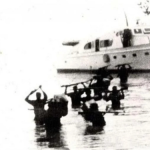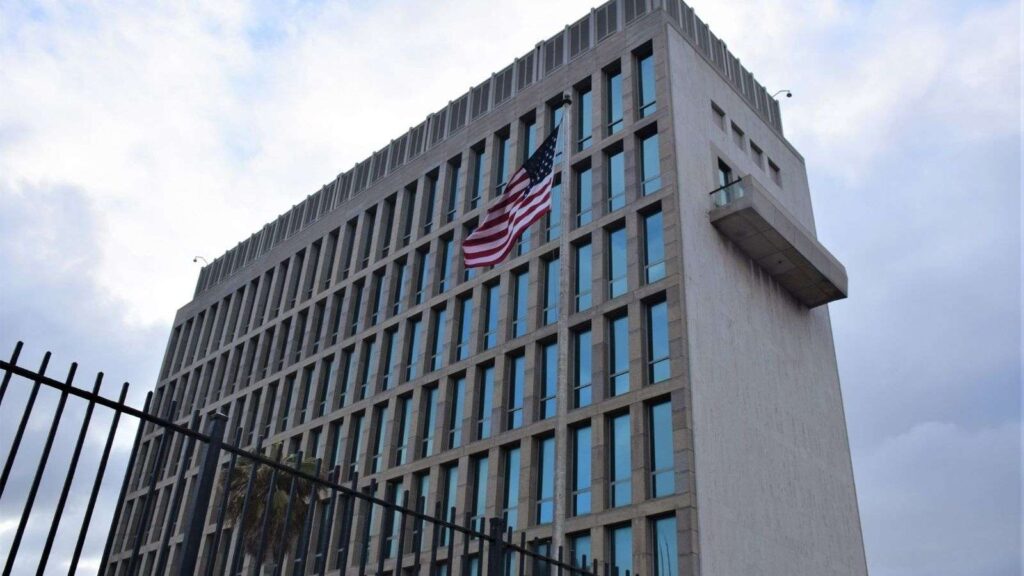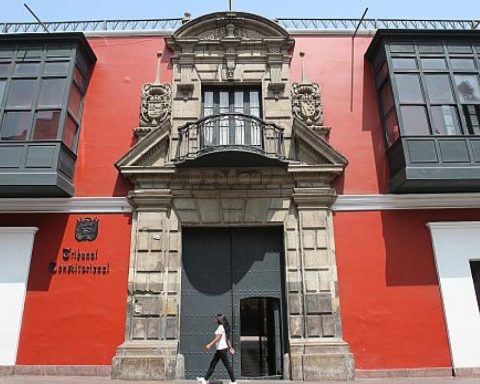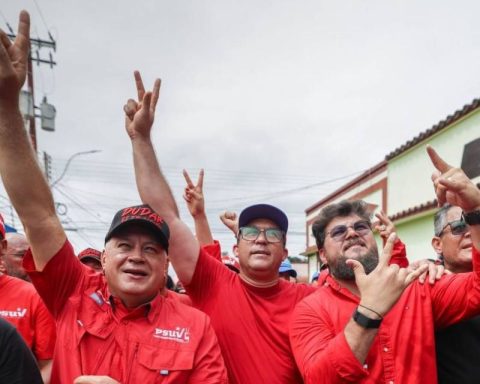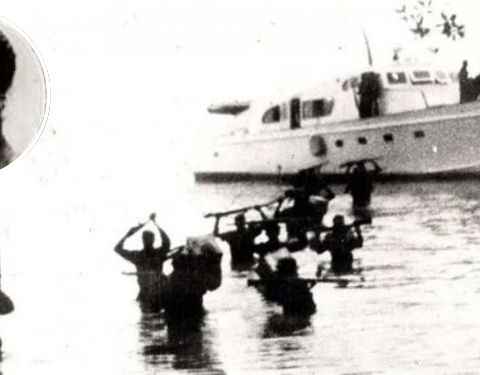L
or what What characterizes us as underdeveloped countries are queues, popular queues, queues for tortillas, transportation, Issste. Only in Cuba are there queues for books. This surprised me from the first time I went in 1970. When I worked at the Juventud Rebelde newspaper and there was a large bookstore very close by, the notice was often heard in the newsroom: “the book has just arrived…” Immediately a crowd formed. whirlwind of run-run to get in the queue and there was no lack of someone requesting: you save me a place. In Mexico the average number of books per capita/year has been around one or two, while in Cuba it is around 20. Editions of 20 or 50 thousand copies sell out quickly. Books don’t just sit around collecting dust in bookstores. Paco Ignacio Taibo II recently said that Cuba has created a republic of readers. Another impressive experience was meeting the Escambray Theater, made up of excellent actors, such as Sergio Corrieri, who decided to move to the Escambray region where the counter-guerrilla and bandits supported by the US had concentrated in 1963, an area of cultural-educational abandonment and where the peasants they would have to develop the challenges of radical transformations. Through the theater they wrote and starred in with the peasants, the contradictions were diluted. Part of this great cultural revolution was also the fact of founding just three months after the revolutionary triumph the ICAIC, the Casa de las Américas and the National Theater and Ballet: whose objectives, according to García Márquez, they are easy to say, but they are unsuspectedly incomprehensible, to link Cuba and Latin America in cultural spaces that allow developing the capacities, thoughts and actions of all of our America and the Caribbean, for a process of decolonization
. Especially since at that time the continent was plagued by ferocious dictatorships.
A great culture of resistance has spread on the island. Its Afro-Caribbean roots, its Latin American Antilleanism, its nationalism and anti-imperialism have created a vital cultural space of resistance, an expression of the diverse and rhythmic essence of Cuban identity. Space of survival and awareness, creative and multiple. If we understand culture as Freire proposed: the possibility of constituting oneself as a being-in-the-world and breaking with the condition of only being in the world; take ownership of your life, your decisions, your own change; culture as sustenance me in the world
, its existential dimensions, as Goran Therborn pointed out. We understand that culture unfolds into hundreds of processes: reading, cinema, music, but also sports, health, science; culture of solidarity, social and, above all, political, which cements a no to racism, discrimination, machismo, elitist cultural and mercantile contempt; a resounding no to the culture of exploitation and harassment. Education as one of the central and sustained axes in Cuba from the beginning, has been the factor that allowed reaping such profound cultural results. The extensive, equitable, comprehensive, humanistic, rigorous and innovative educational system, so wisely put together that it has managed to produce an immense pool of creative, scientific and professional popular talent, which encompasses with great virtue the range of cultural possibilities that they set in motion and sustain to the peoples in resistance.
On August 23, at the same time as the ALAS congress, Abel Prieto, former Minister of Culture, gave a keynote speech and reviewed the bloodiest moments of the cultural war (name of his conference) that the US has waged against the revolution for 63 years . From Operation Peter Pan, which convinced the parents of 2,000 children that, in order to save their children from brutal communism, they had to send them to the United States, to the recent SOS-Cuba that hatched the hundreds of thousands of tweets that emerged from the strategic digital restructuring of the CIA and the use of trainees Yutuel and Yunior. The countless occasions and means used have responded to a single and old conception: the one clearly expressed by Mallory, Eisenhower’s secretary, when determining that they would defeat the revolution by hunger. He also toured the current president of Casa de las Américas the different idea trenches
that as a central task they inherited from Martí, he cited Armando Hart, the founder of the Ministry of Culture and the first to systematize cultural challenges; Haydée Santamaría, founder of the Casa de las Américas, symbol of Latin American cultural fusion, discoverer of so many creators. Her successor Fernández Retamar and Cintio Vitier, writers, poets, solid and simple men, and many others who established the enormous strength of Cuban popular culture. Cultural battle, battle of ideas, which the people have sustained in the midst of a noble and audacious resistance. Seeing what they have produced, it is almost unimaginable to think of what the Cubans could have done if they were not subjected to constant and brutal, excessive and implacable siege.
My wine is made from bananas and if it were bitter, it would still be my wine.
Jose Marti
* Researcher at the UPN. Author of The Inee
